Home>Garden Essentials>How To Harvest Leek Seeds
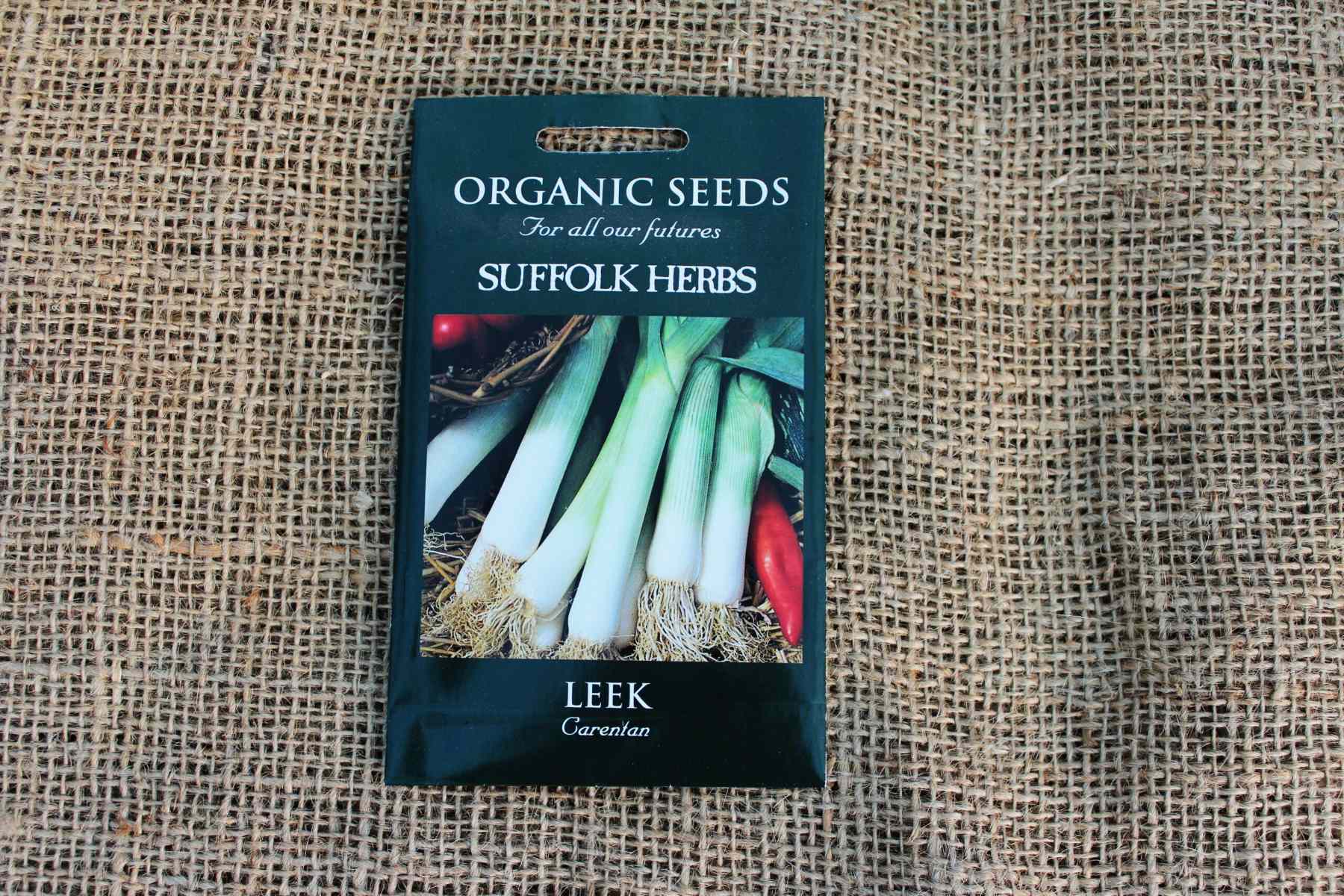

Garden Essentials
How To Harvest Leek Seeds
Modified: August 28, 2024
Learn how to harvest leek seeds in your garden with our expert tips and techniques. Maximize your yield and save money with homegrown leeks!
(Many of the links in this article redirect to a specific reviewed product. Your purchase of these products through affiliate links helps to generate commission for Storables.com, at no extra cost. Learn more)
Introduction
Welcome to the world of leek seeds! If you’re a gardening enthusiast looking to expand your plant propagation skills, harvesting leek seeds is a rewarding and exciting endeavor. Leeks, with their mild onion-like taste and versatile uses in the kitchen, are not only delicious but also provide numerous health benefits.
In this article, we will dive into the world of leek seeds, exploring how to select the right leek plants for harvesting seeds, how to grow leeks for seed production, and how to properly harvest, dry, and store leek seeds for future planting.
Whether you’re a seasoned gardener or just starting out, learning how to harvest leek seeds will open up a whole new world of possibilities for cultivating your own batch of flavorful leeks. So, let’s get started!
Key Takeaways:
- Harvesting leek seeds is a fun and rewarding way to grow your own flavorful leeks. Remember to choose healthy leek plants, care for them during seed development, and store the seeds properly for future planting.
- To harvest leek seeds, wait for the flower heads to dry, cut them carefully, and then clean and dry the seeds. Store them in a cool, dark place for future use. Happy seed saving!
Read more: How To Harvest Chamomile Seeds
Understanding Leek Seeds
Before jumping into the process of harvesting leek seeds, it’s essential to understand what leek seeds are and how they form. A leek seed is the matured ovule of a leek flower that has been fertilized by pollen. Leeks are biennial plants, meaning they complete their life cycle in two years. In the first year, leeks grow foliage and develop a bulbous base that is typically harvested for culinary purposes. In the second year, the leek plant will send up a flower stalk with small, white blooms that eventually produce seeds.
Leek seeds, like other vegetable seeds, come in different varieties, each with its own unique characteristics. When selecting leek seeds, consider factors such as variety maturity, flavor profile, disease resistance, and adaptability to your climate. Popular leek varieties for seed production include ‘American Flag,’ ‘King Richard,’ and ‘Musselburgh.’
It’s worth noting that leek plants are cross-pollinated, meaning they need insects or wind to transfer pollen from one plant to another. To ensure seed purity and maintain the desired characteristics of a specific leek variety, it is recommended to isolate different leek varieties from one another to prevent unwanted cross-pollination.
Pro tip: If you’re planning to save leek seeds for future planting, it is best to grow only one leek variety in your garden or have a physical barrier, like a netting, to prevent cross-pollination.
Now that we have a basic understanding of leek seeds, let’s move on to the next step: selecting the right leek plants for seed harvesting.
Selecting the Right Leek Plants for Seed Harvesting
When it comes to selecting leek plants for seed harvesting, there are a few important factors to consider. First, choose leek plants that are healthy, vigorous, and disease-free. This will ensure that the resulting seeds are of good quality and have a higher chance of germination.
Second, select leek plants that have reached their second year of growth. Remember, leeks are biennial plants, and seed production occurs in the second year. Therefore, it’s important to allow your leek plants to overwinter and enter their second year of growth to produce viable seeds.
In addition to these general considerations, it’s beneficial to look for specific traits in leek plants that are indicative of high-quality seed production. Look for leek plants with sturdy flower stalks and ample blooms. Avoid plants with weak or drooping flower stalks, as they may not produce viable seeds or may be susceptible to disease. Additionally, select leek plants that have a uniform and healthy foliage, as this reflects good overall plant health.
Pro tip: If you’re growing multiple leek plants for seed harvesting, consider tagging or labeling each plant to keep track of their specific traits and characteristics. This will help in selecting the best leek plants for seed collection.
By selecting the right leek plants for seed harvesting, you’ll set yourself up for success in growing high-quality leek seeds. Next, let’s explore the process of growing leeks specifically for seed production.
Growing Leeks for Seed Production
Growing leeks specifically for seed production requires a slightly different approach compared to growing leeks for their edible bulbs. Here are some essential steps to consider when cultivating leeks for seed production:
- Planting: Begin by planting leek seeds in well-draining soil enriched with organic matter. Sow the seeds in rows, spacing them about 6 inches apart. Keep the soil consistently moist, but avoid overwatering, as excessive moisture can lead to rot or disease.
- Thinning: Once the leek seedlings have emerged and reached a height of around 4-6 inches, thin them out to maintain adequate spacing. Proper spacing ensures that the leek plants have enough room to develop strong root systems and flower stalks.
- Feeding and Watering: Leek plants require regular watering to keep the soil consistently moist. Additionally, fertilize the plants with a balanced organic fertilizer to provide necessary nutrients for healthy growth. Follow the package instructions for application rates and frequency.
- Maintaining the Flower Stalk: To encourage the leek plants to produce flower stalks, it’s important to remove any flower buds that form during the first year of growth. This redirects the plant’s energy towards developing a strong flower stalk in the second year.
- Monitoring for Pests and Diseases: Keep a close eye on your leek plants for any signs of pest infestations or diseases. Common pests that may affect leeks include aphids, leek moths, and onion maggots. Treat any pest issues promptly to protect the plants and ensure successful seed production.
- Supporting Flowering Plants: As the leek plants enter their second year and start producing flower stalks, it’s important to provide support to prevent the stalks from bending or toppling over. Use stakes or cages to keep the plants upright, especially on windy days.
By following these steps and providing proper care and maintenance, you’ll create an ideal environment for leek plants to thrive and produce high-quality seeds. Next, let’s dive into the process of monitoring and caring for leek plants during seed development.
To harvest leek seeds, wait for the flower heads to turn brown and dry. Then, cut the heads and shake the seeds out into a container. Store in a cool, dry place.
Monitoring and Caring for Leek Plants during Seed Development
During the seed development stage, it’s crucial to closely monitor and care for your leek plants to ensure optimal seed production. Here are some key steps to consider:
- Watering: Consistent watering is essential to support healthy seed development. Keep the soil evenly moist, but avoid overwatering, as excessive moisture can lead to rot or fungal diseases. Water deeply and thoroughly, ensuring that the roots receive adequate hydration.
- Weeding: Regularly remove weeds from around the leek plants to minimize competition for nutrients and water. Weeds can also harbor pests and diseases that can negatively impact seed development. Use hand tools or carefully pull weeds to avoid damaging the delicate roots of the leek plants.
- Protecting from Pests: Monitor the leek plants for any signs of pest infestations such as aphids, caterpillars, or leek moth larvae. If pests are detected, consider using organic pest control methods such as insecticidal soap or introducing beneficial insects like ladybugs to help control the population.
- Supporting the Flower Stalks: As the leek plants continue to grow and the flower stalks develop, provide additional support using stakes or cages. This will prevent the delicate stalks from bending or breaking under their own weight or during strong winds.
- Monitoring Seed Maturity: Regularly check the flower heads for signs of maturity. The flowers will turn brown and dry out as the seeds develop. Wait until the majority of the flower heads have dried before proceeding with seed harvest.
- Protecting from Disease: Keep an eye out for any signs of disease, such as fungal infections or rot, as these can impact seed quality. If disease is detected, promptly remove and dispose of infected plant material to prevent the spread of pathogens.
- Observing Environmental Conditions: Be mindful of environmental factors that can affect seed development. Extreme temperatures, heavy rainfall, or prolonged periods of drought can impact seed quality. Provide adequate shade or protection during hot summer days and consider covering the plants during heavy rains to prevent seed damage.
By diligently monitoring and caring for your leek plants during seed development, you’ll help ensure a successful harvest of mature, viable seeds. In the next section, we’ll explore the process of harvesting leek seeds.
Read more: How To Harvest Cilantro Seeds
Harvesting Leek Seeds
Once your leek plants have gone through the necessary seed development stage, it’s time to harvest the leek seeds. Here’s how you can do it:
- Timing: Wait for the majority of the flower heads to dry out and turn brown. This indicates that the seeds are mature and ready for harvest. Avoid harvesting too early as immature seeds may not be viable.
- Cutting the Seed Heads: Use sharp pruners or scissors to cut the seed heads from the leek plants. Cut them near the base of the flower stalk, ensuring you collect the entire seed head. Place the harvested seed heads in a clean, dry container.
- Removing Debris: Gently shake or brush the seed heads to remove any debris or loose chaff. Be careful not to shake off the seeds. Removing the debris will help you obtain clean, high-quality seeds.
- Threshing: To separate the seeds from the seed heads, you need to thresh them. Place the seed heads in a clean cloth or paper bag and gently rub or crush them to release the seeds. You can also use your fingers to break apart the seed heads and extract the seeds.
- Winnowing: After threshing, the seeds might still contain some chaff or other lightweight debris. To remove this, perform a simple winnowing process. Stand outside on a breezy day and pour the seeds from one container to another while allowing the wind to carry away the lighter chaff. Repeat this process until the seeds are clean.
- Sorting and Cleaning: Examine the seeds for any damaged, shriveled, or discolored ones. Remove any undesirable seeds to ensure you’re left with only the healthy, viable ones. You can use a fine sieve or your fingers to sort through and remove any unwanted seeds.
Now that you have harvested and cleaned the leek seeds, it’s time to move to the next step: drying and storing the seeds.
Drying and Storing Leek Seeds
After harvesting and cleaning the leek seeds, it’s crucial to properly dry and store them to maintain their viability. Here’s how you can do it:
- Drying: Spread the cleaned leek seeds in a single layer on a clean, dry surface. Avoid using paper towels or newspaper, as the seeds may stick to them. Place the seeds in a well-ventilated area out of direct sunlight. Allow the seeds to air dry for about two weeks, or until completely dry. Stir or turn the seeds daily to ensure even drying.
- Checking for Dryness: To determine if the seeds are adequately dried, perform a simple moisture test. Take a few seeds and press them between your fingers. If they feel hard and break easily, the seeds are properly dried and ready for storage. If they are pliable or soft, allow them to dry for a few more days before testing again.
- Storage Containers: Once the leek seeds are dry, transfer them to airtight storage containers. Use small glass jars, resealable bags, or seed envelopes. Make sure the containers are clean, dry, and labeled with the variety and date of harvesting.
- Storage Conditions: Store the leek seeds in a cool, dry, and dark place. A temperature between 32°F (0°C) and 41°F (5°C) is ideal for maintaining seed viability. Avoid storing the seeds in areas with fluctuations in temperature or high humidity, as this can reduce their shelf life.
- Seed Viability: Leek seeds can remain viable for several years if stored under favorable conditions. However, the germination rate gradually declines over time. It’s a good practice to test the viability of stored seeds by conducting a germination test before sowing them.
Pro tip: To maintain the viability of leek seeds, it’s best to use a cool, dark location in your refrigerator for long-term storage. Place the sealed storage containers in a designated seed storage box or drawer to keep them organized and protected from moisture and temperature fluctuations.
Congratulations! You have successfully harvested, dried, and stored your leek seeds. With proper care, these seeds will be ready for future planting and will continue to provide you with delicious leeks for years to come.
By following the steps outlined in this article, you can confidently embark on your journey of harvesting leek seeds, taking one step closer to self-sufficiency and a more sustainable gardening practice. Happy seed saving!
Conclusion
Harvesting leek seeds not only allows you to expand your gardening skills but also gives you the opportunity to create a sustainable source of flavorful leeks. By understanding the process of selecting the right leek plants, growing them specifically for seed production, and properly harvesting, drying, and storing the seeds, you can ensure a successful and fulfilling seed-saving experience.
Remember that attention to detail is key throughout the entire process. From choosing healthy leek plants to monitoring their growth, and from carefully harvesting the seeds to properly drying and storing them, each step plays a crucial role in maintaining the quality and viability of the seeds.
By saving and replanting your own leek seeds, you have the ability to adapt and select for traits that are well-suited to your specific garden conditions. This can lead to stronger, more resilient plants with improved disease resistance and flavor profiles that perfectly suit your culinary preferences.
Don’t be afraid to experiment and learn from your experiences. Each year, as you save and sow your own leek seeds, you’ll gain valuable knowledge and a deeper appreciation for the cyclical nature of gardening. Your journey as a seed saver will also contribute to the preservation of heirloom varieties, ensuring their continued existence for future generations to enjoy.
So, roll up your sleeves, get your hands dirty, and embark on this fulfilling journey of harvesting leek seeds. With dedication, patience, and a deep love for gardening, you’ll be rewarded with a beautiful bounty of leek seeds that will bring joy and flavor to your garden for years to come.
Happy seed saving!
Frequently Asked Questions about How To Harvest Leek Seeds
Was this page helpful?
At Storables.com, we guarantee accurate and reliable information. Our content, validated by Expert Board Contributors, is crafted following stringent Editorial Policies. We're committed to providing you with well-researched, expert-backed insights for all your informational needs.
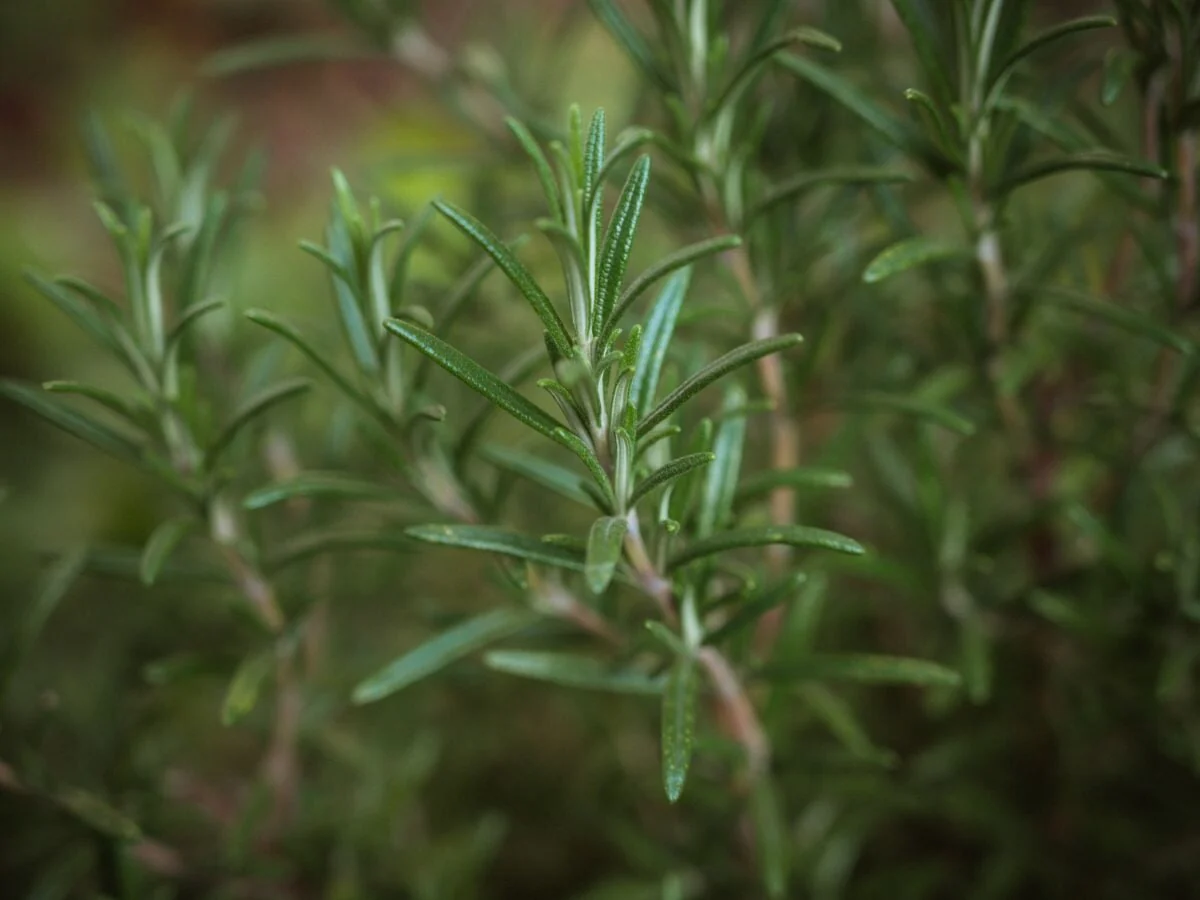
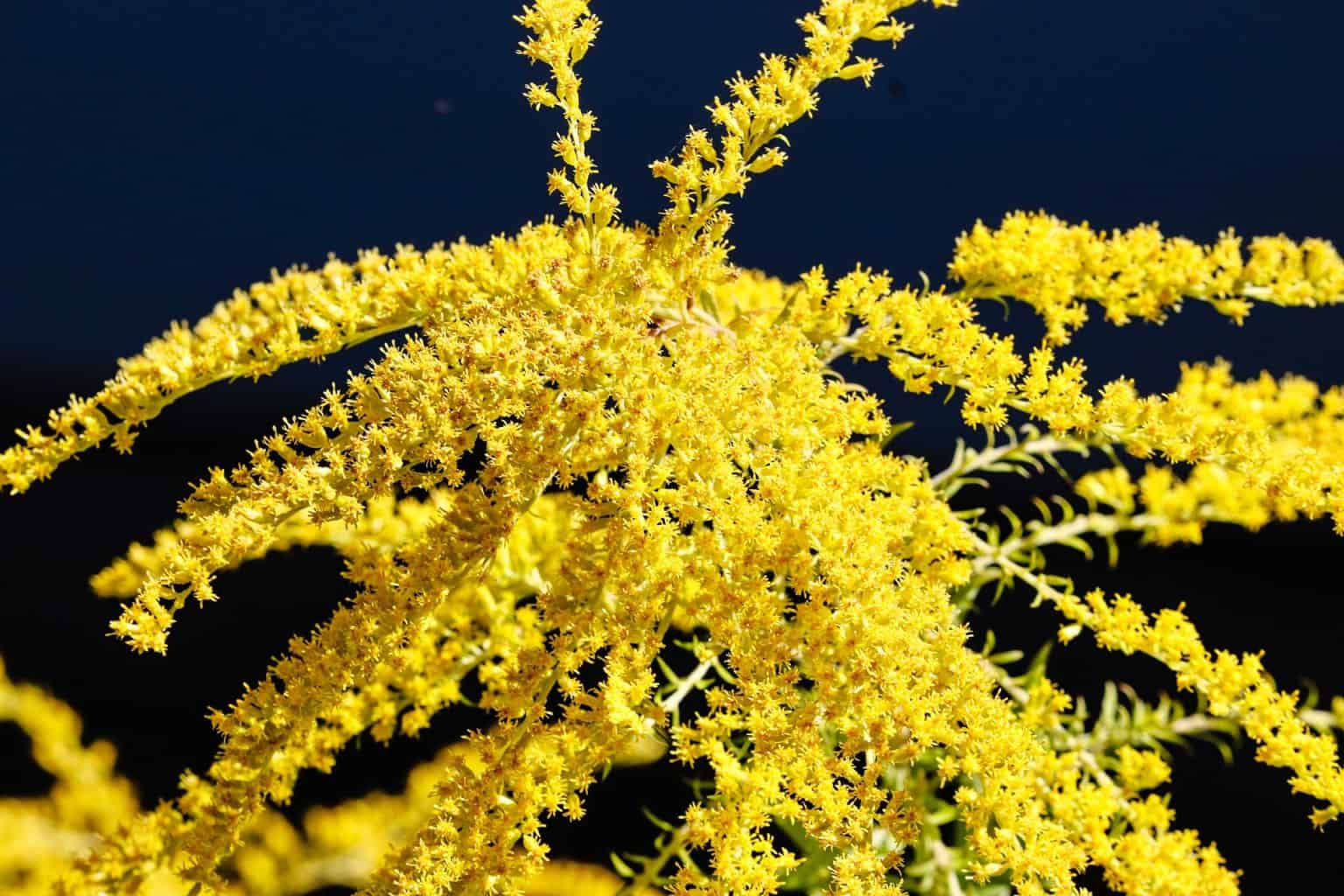
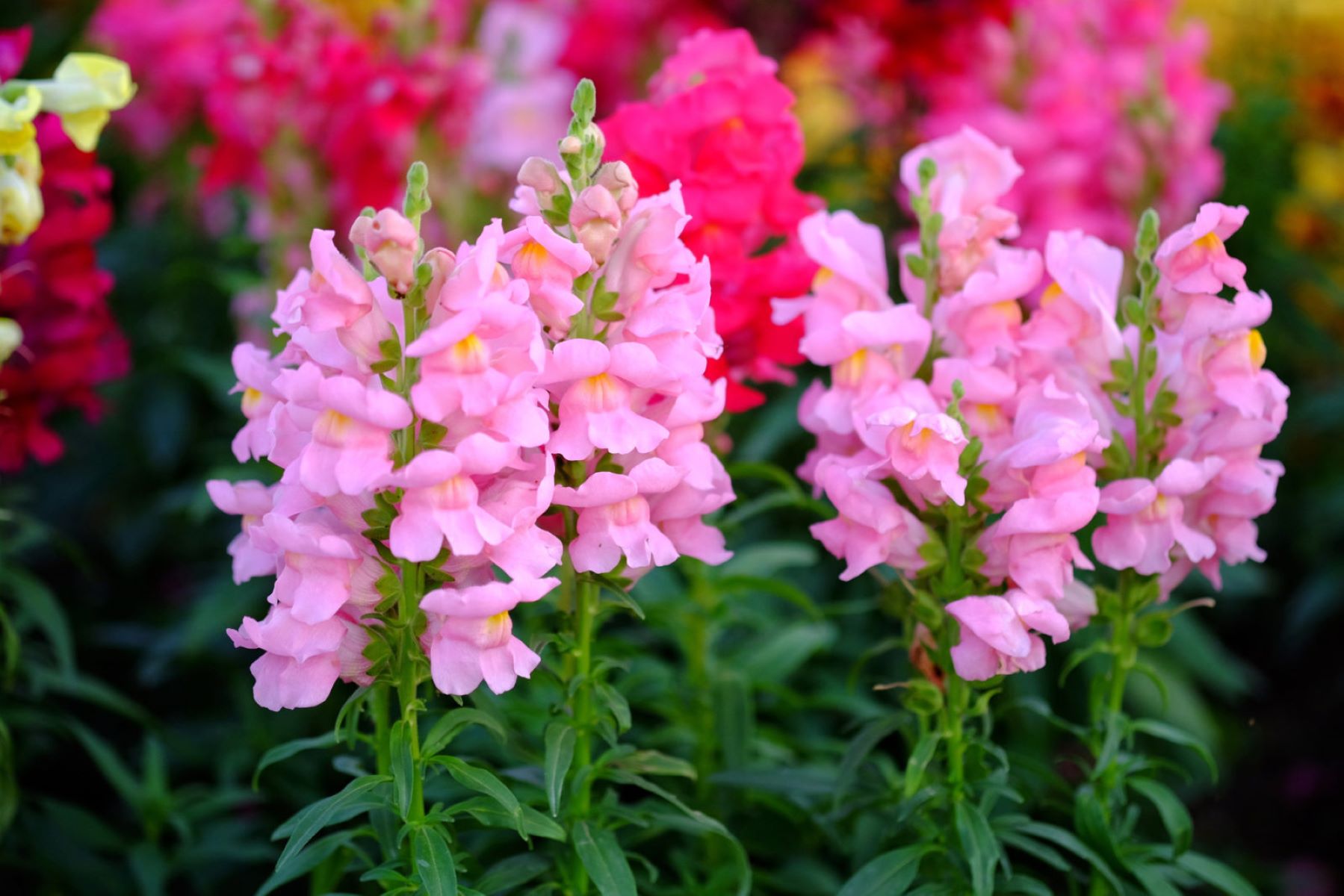
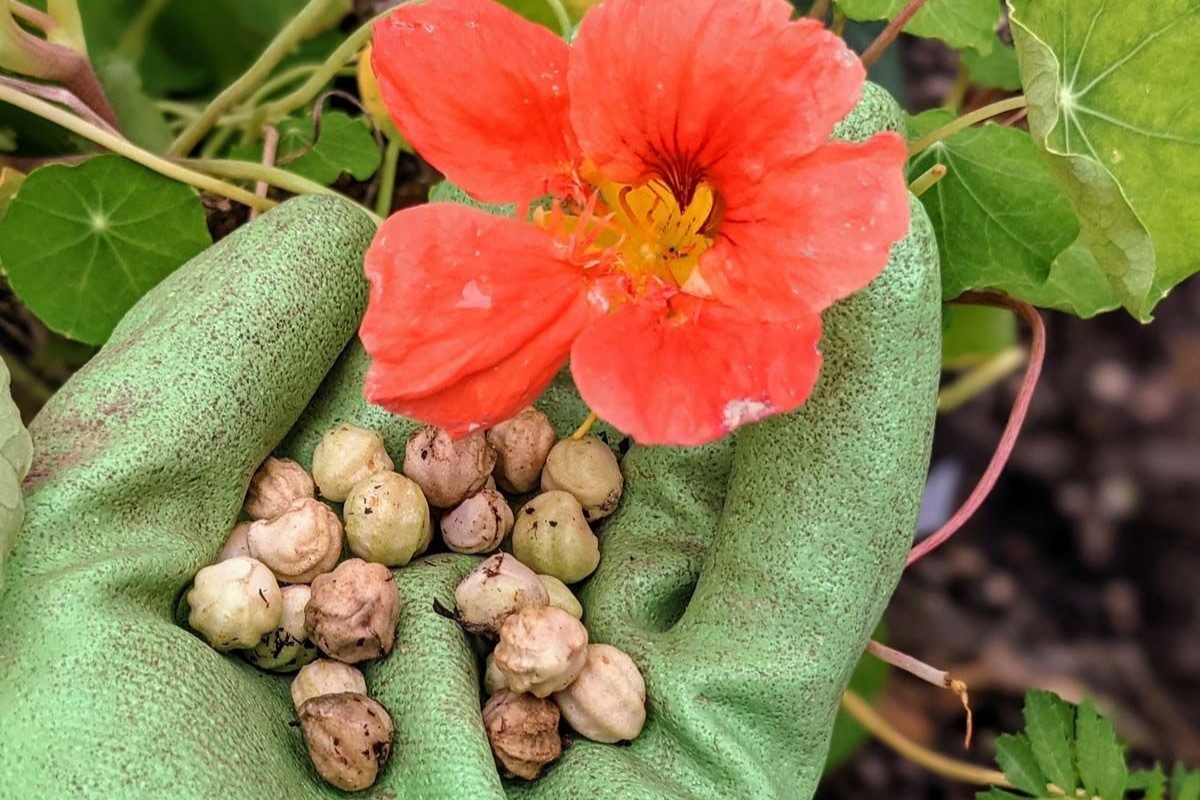
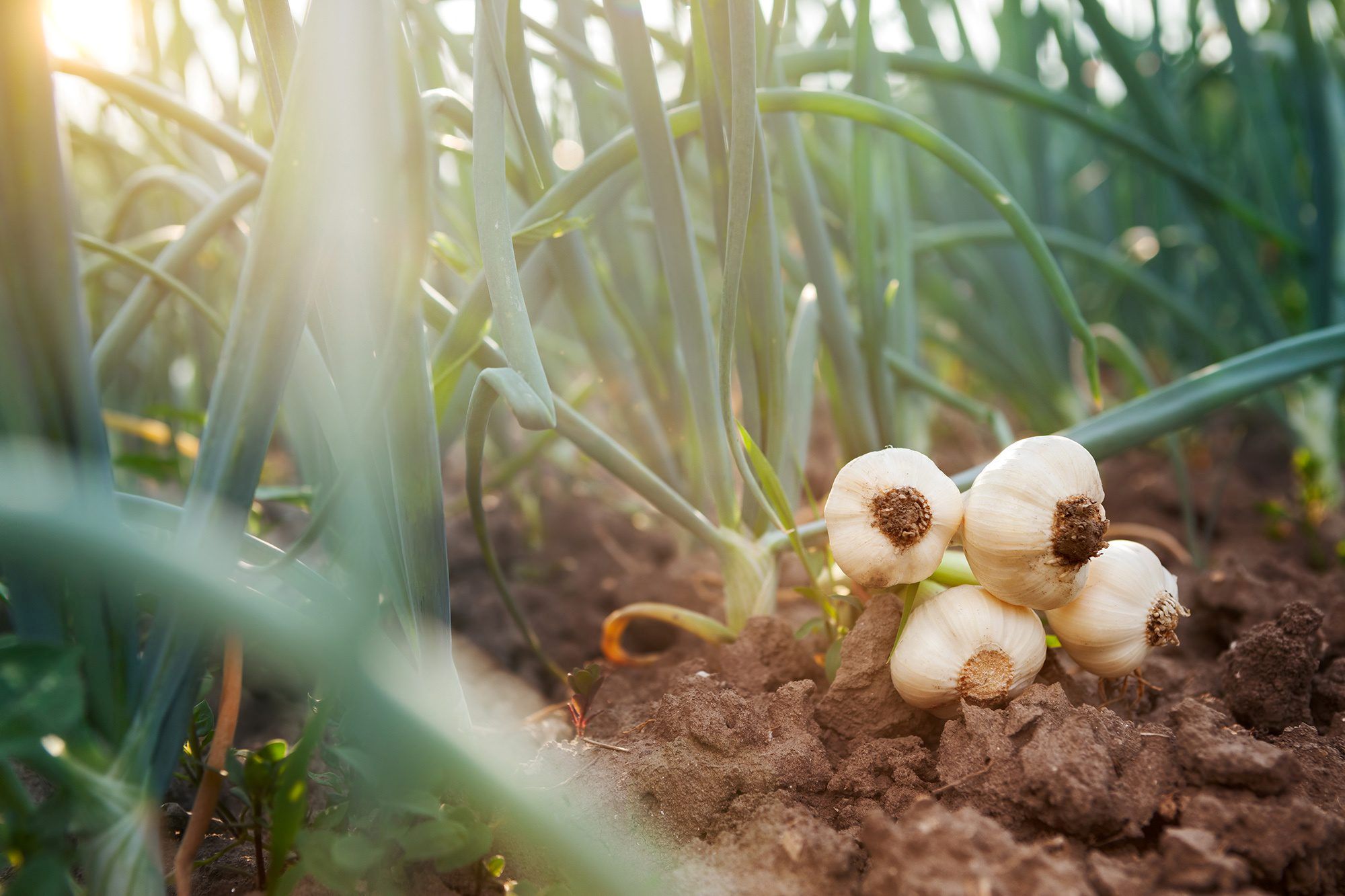

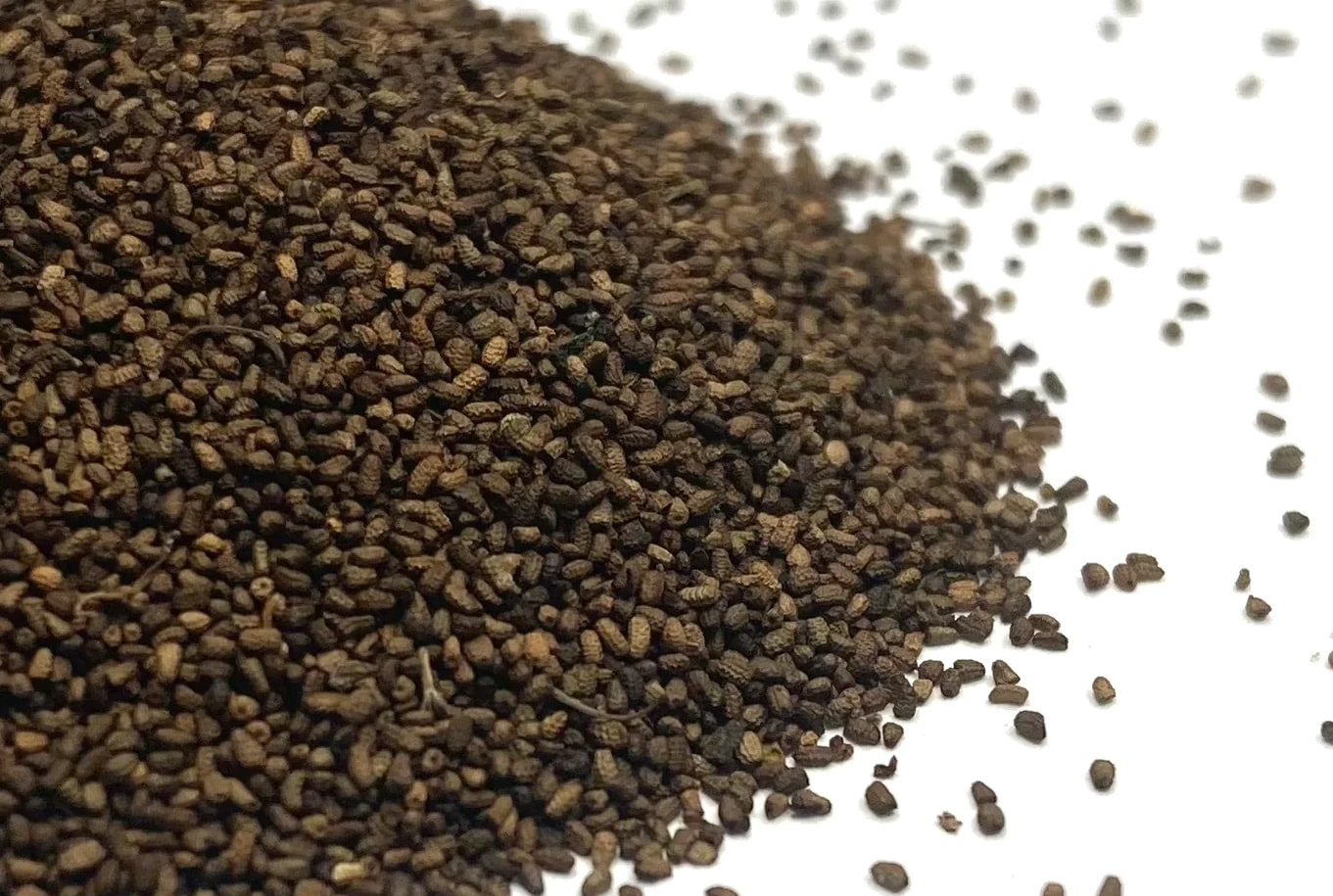
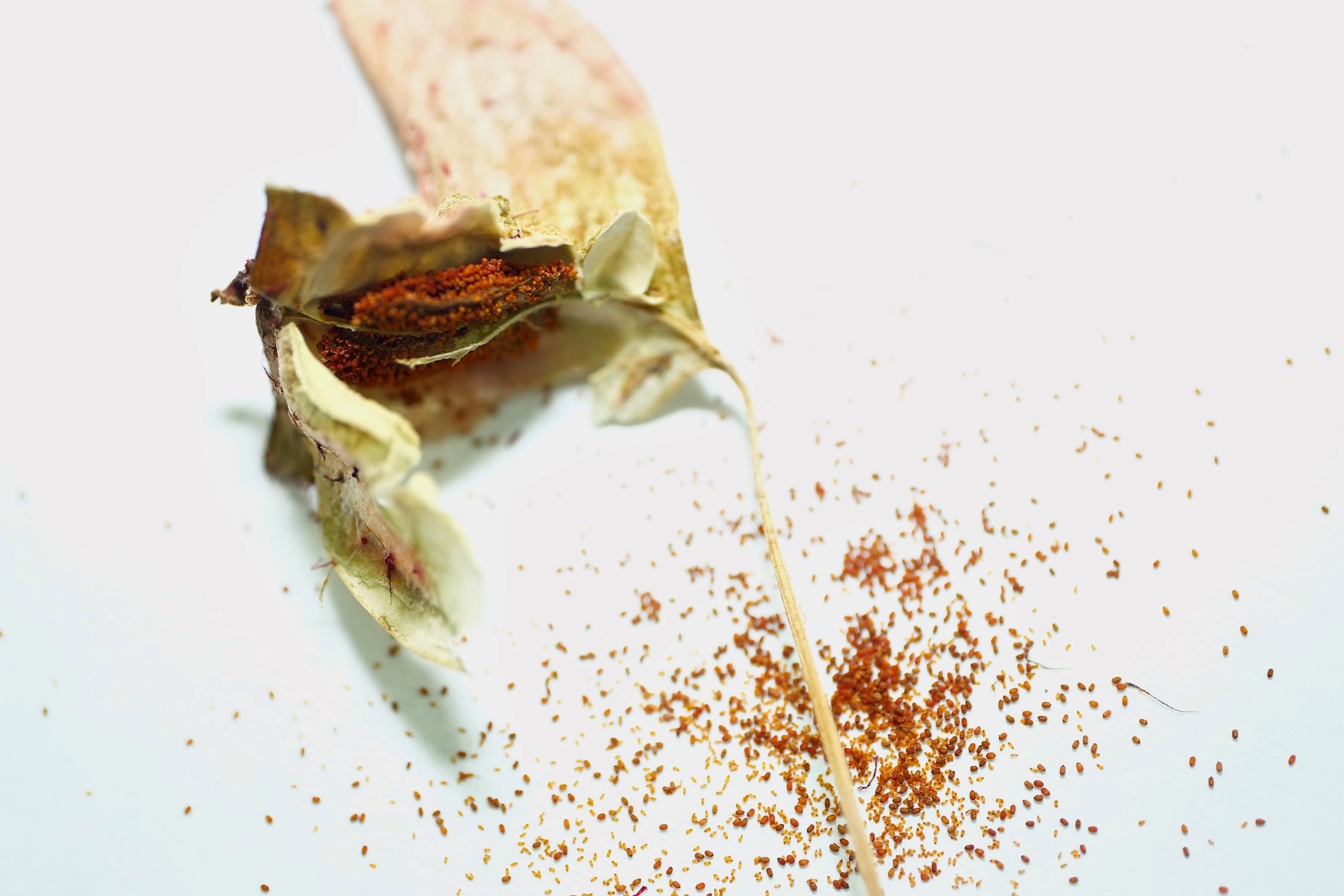
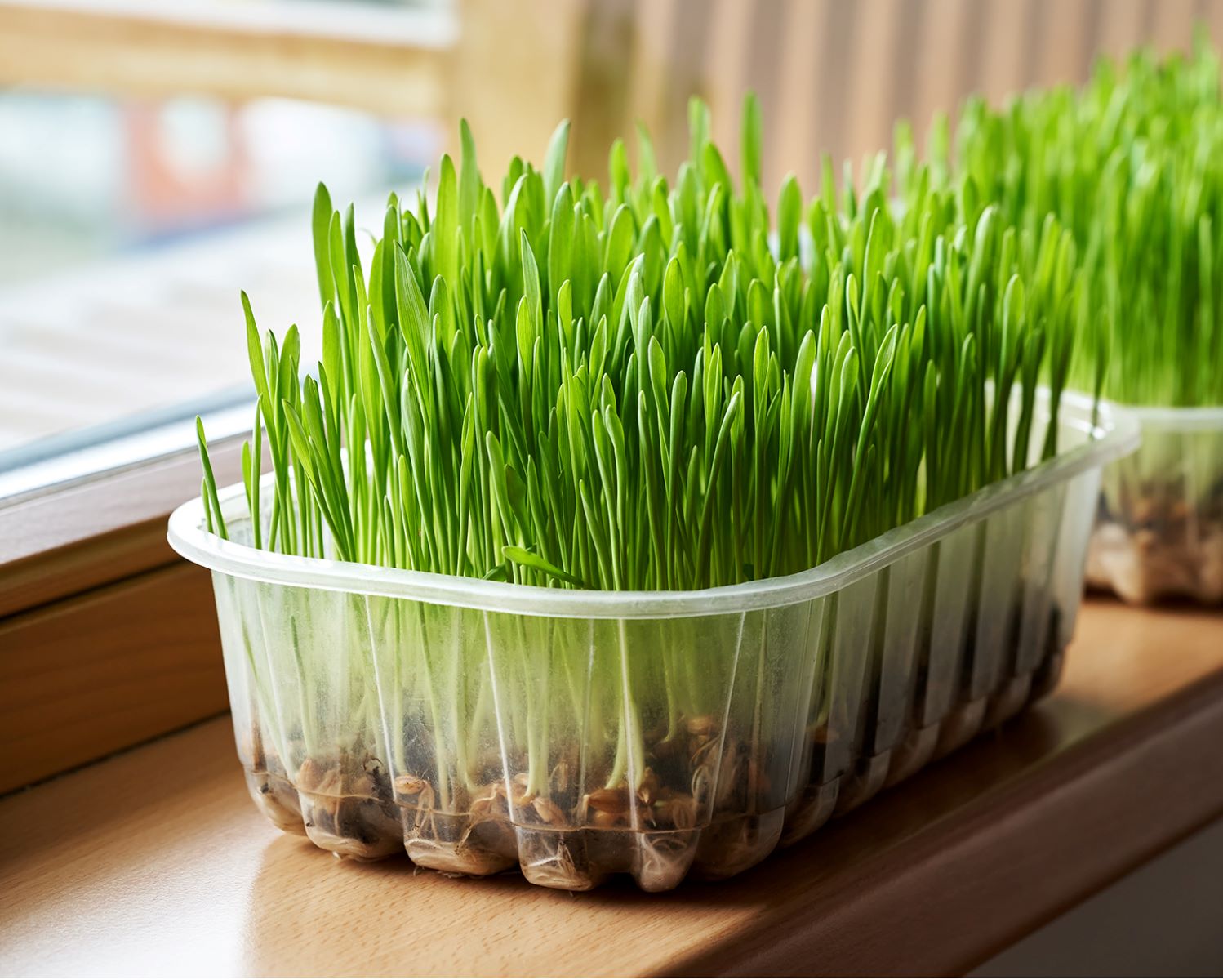
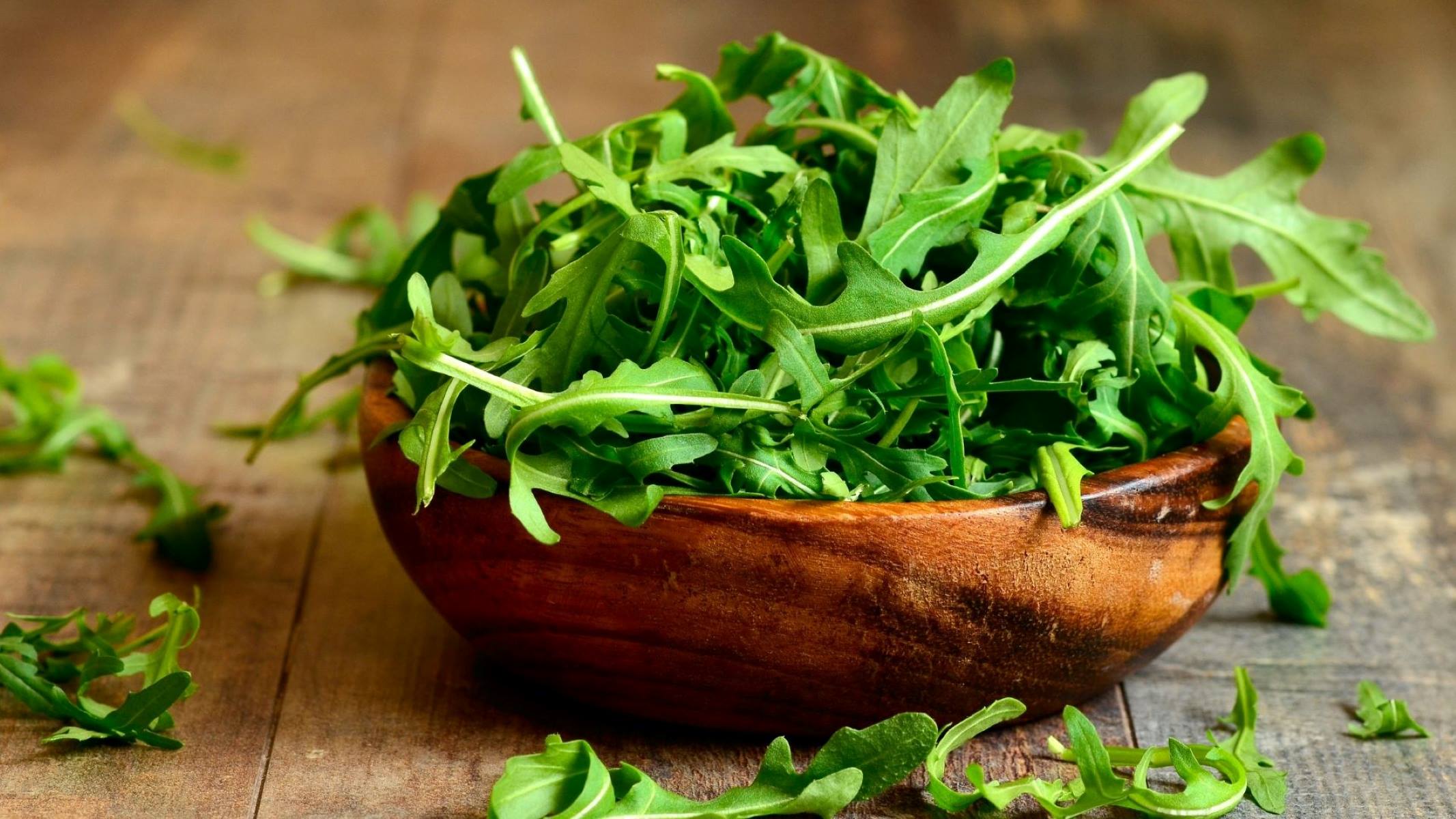
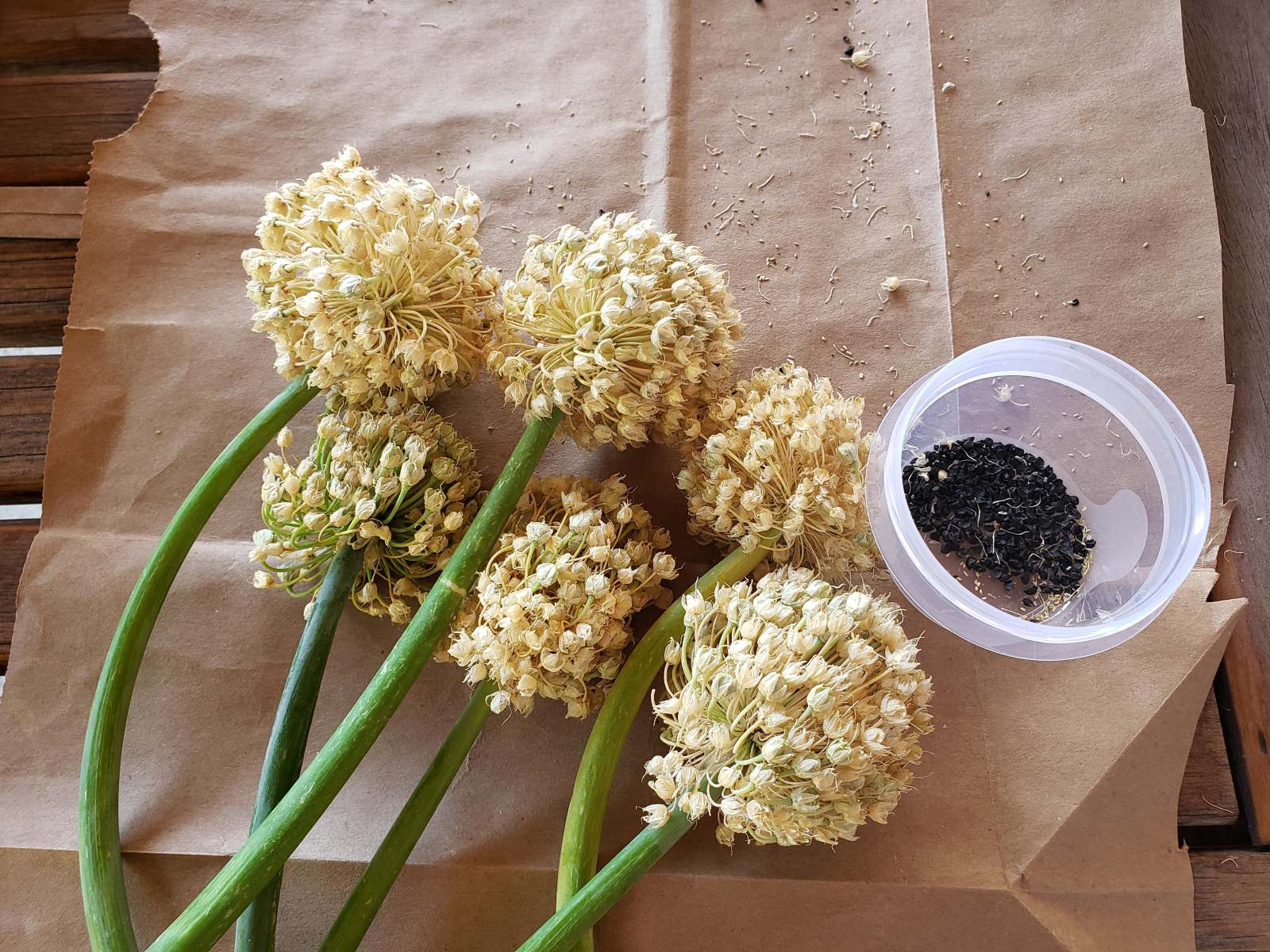
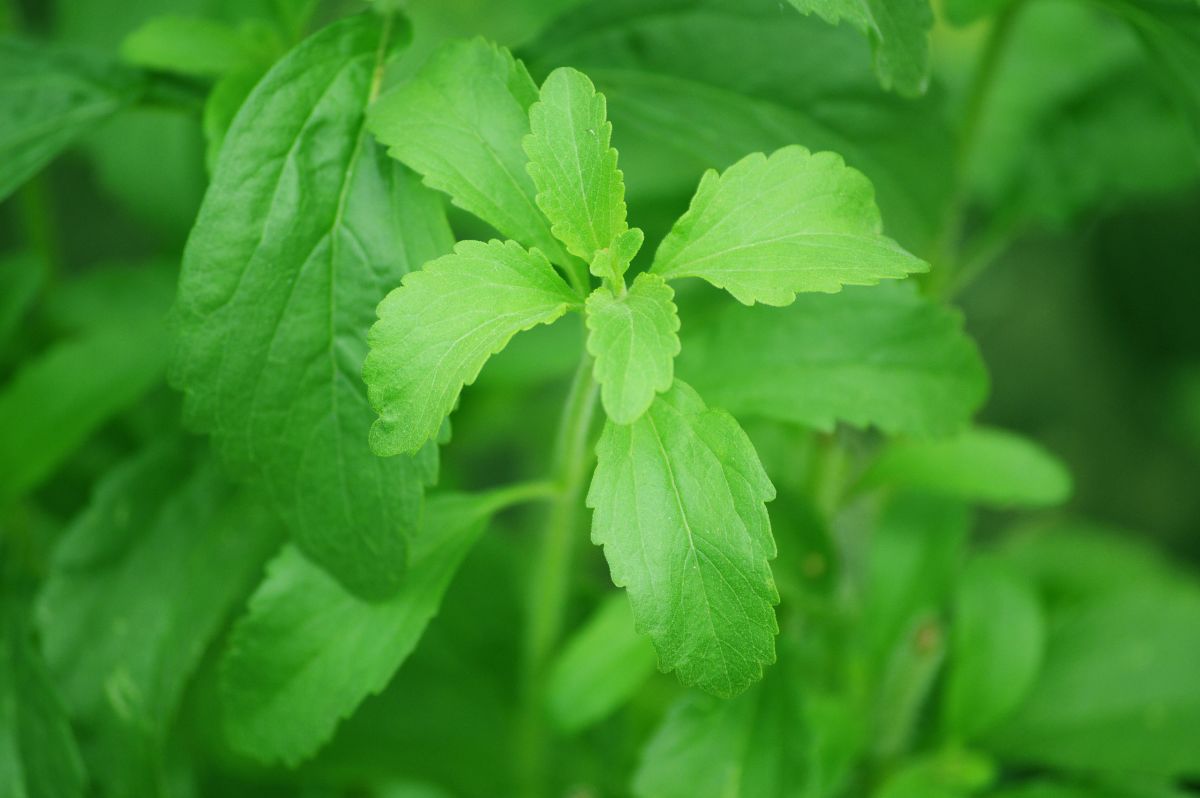
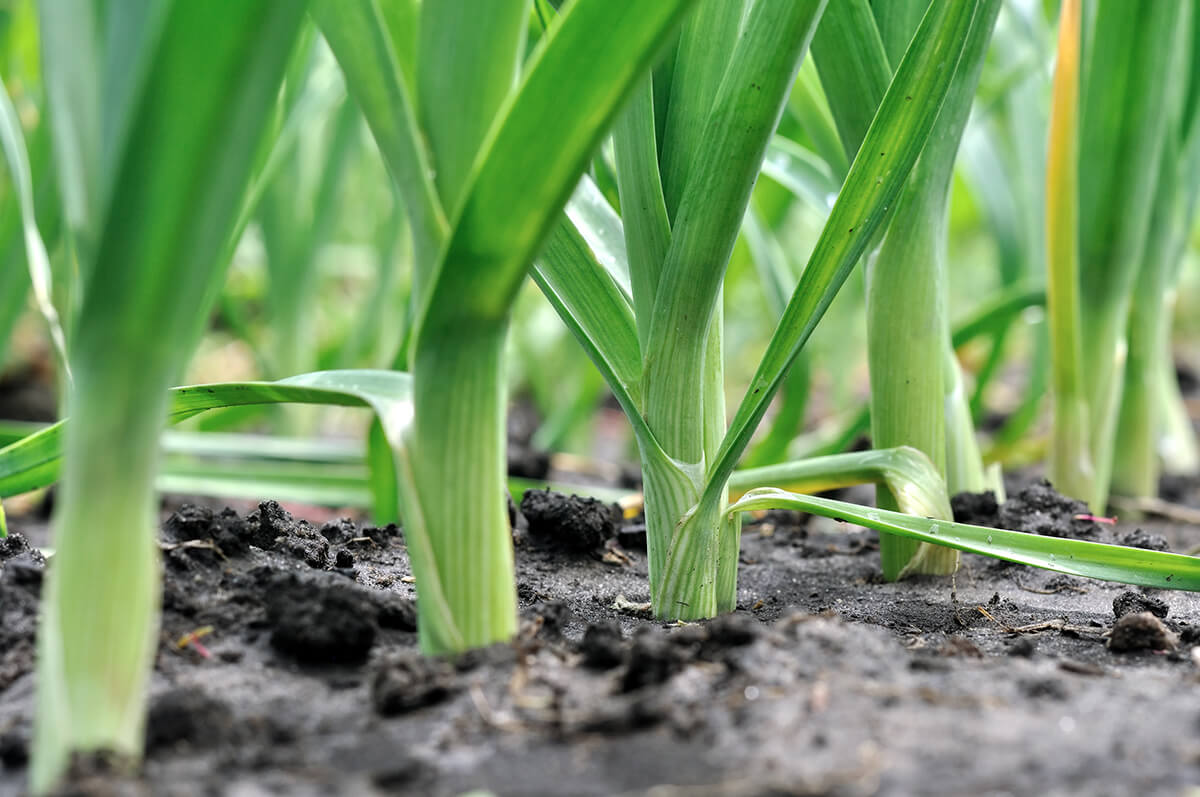
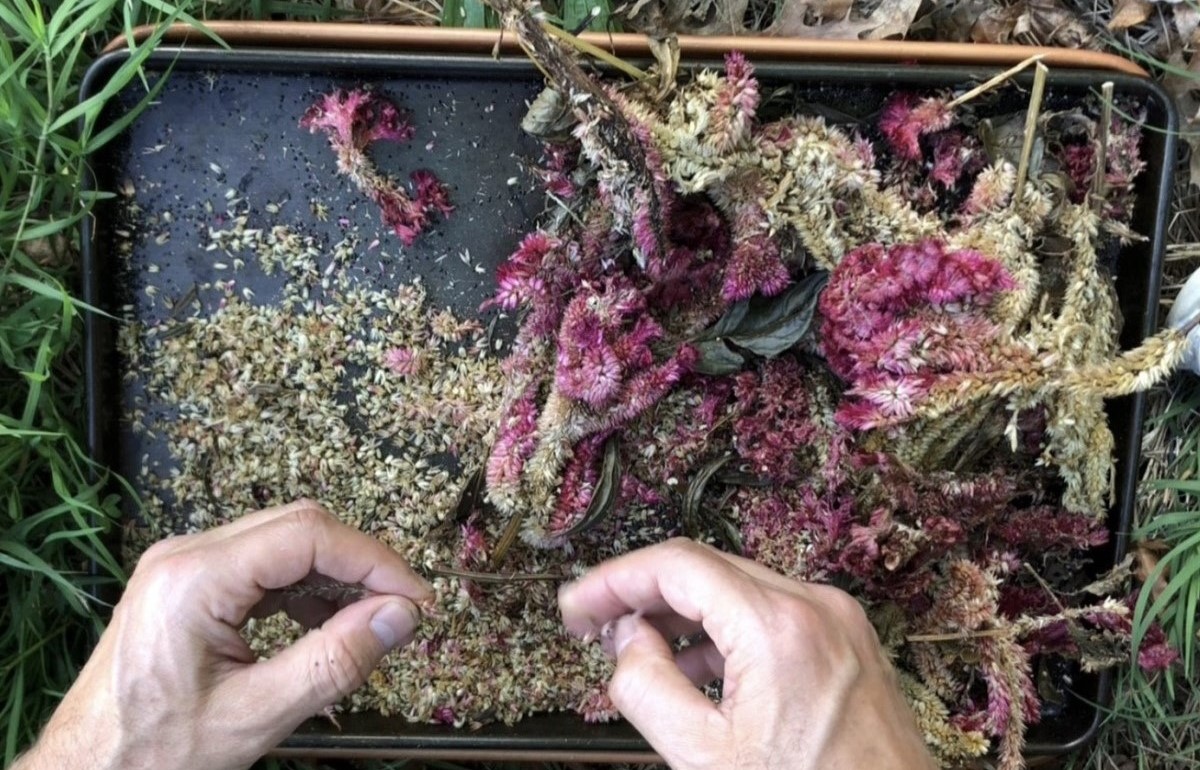

0 thoughts on “How To Harvest Leek Seeds”